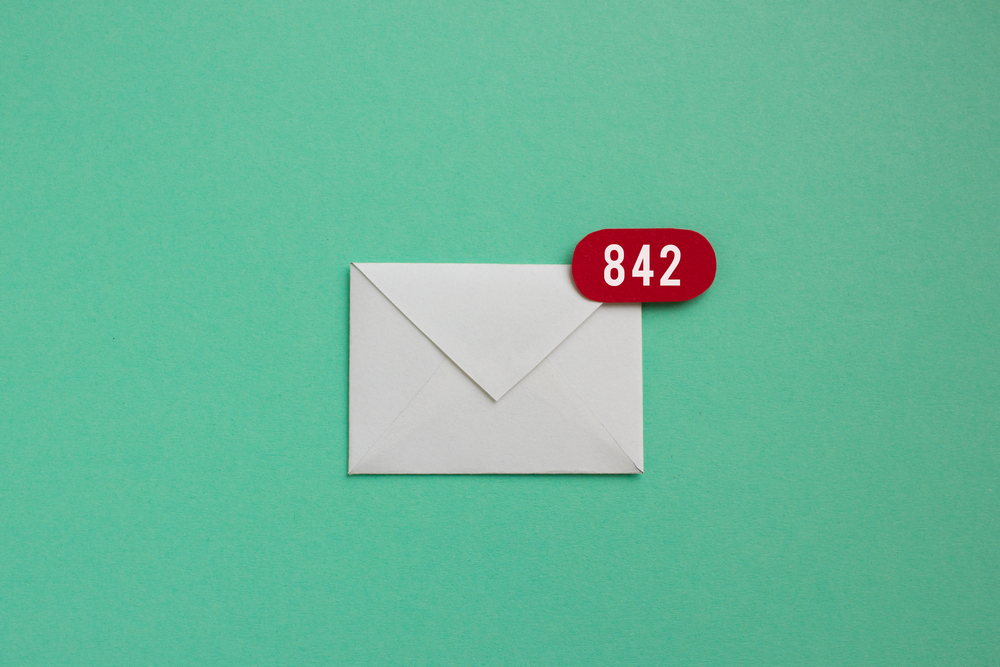There are no shortage of hacks for just about everything, but I always pay attention to the latest productivity tips for my readers (and myself). Especially when they have to do with the number one productivity drain–email.
Laura Mae Martin, the Executive Productivity Advisor at Google (her job is to share knowledge/tips with fellow Googlers on increasing productivity), recently shared her top 10 email management tips on Google’s The Keyword.
1. Reduce the number of notifications.
Set up time blocks for when you’ll dip into email, but don’t overwhelm yourself with constant notifications. On your phone, you can set up notifications for a select set of emails, say from your boss, for example. This helps maximize prioritization and minimize distractions.
As an entrepreneur, I’ve gone with a no-notification policy to be brutal about protecting my thinking/creating time.
2. Respond within 24 hours, even if it’s only to check in.
The idea is to avoid getting another follow up email from an overeager co-worker. Martin recommends responding with “Hi, I got this email but I’m not going to get to it until later this week!” as a great way to set expectations and show them you’re on it.
3. Close your email several times a day.
This helps you avoid the tendency to constantly check it (which is hard not to do when the inbox is staring back at you). It makes reengaging in email a more intentional exercise and can help you block off deep thinking time.
I close my email out when I’m done checking it and even keep a tally on a post-it note of how many times I’m reopening the email tab (I try to limit to 3-4 times a day, so I clearly still have a ways to go).
4. Don’t click on an email more than twice.
Click it once, read it, tag/label your future action, then click on it again only when you’re ready to answer the email.
I’ve even been part of a team that used a specific code in the subject header for each email to help this habit. For example, if the email had immediate action required, IAR went in the subject header. Action required got an AR coding in the subject header, and FYI rounded it out. As long as all those in that chain understood and consistently used those codes, it was quite helpful for sorting/prioritizing the inbox.
5. Think of sorting, reading, and answering emails as three separate activities.
As Martin says, “Most people bounce between sorting one email for later, reading one, answering one and repeating. We lose so much energy switching between these activities. Instead, tell yourself ‘right now I’m sorting everything.’ Then when you’re done, read everything you need to read.”
6. Keep emails requiring action, kill the rest (or archive them).
To not do this is a missed opportunity for a sense of accomplishment. Be brutal in determining if you really need to take action on any email. I find that when I let my inbox stay cluttered with emails that I simply haven’t deleted yet, it gives me unnecessary (and misguided) wisps of dread that I’ve got too much to do.
7. Elevate your inbox.
This means to ensure that each piece of communication that arrives in your inbox is worthy of the time it takes to attend to it. To help here, Martin says: “You can create filters so that certain emails ‘skip your inbox’ and won’t appear as new emails. For example, if you get a lot of email newsletters, set up a filter with ‘Has the words:unsubscribe’–now, those emails won’t distract you, but you can search for them later.”
8. Separate read from unread emails.
Combining both is just confusing and inefficient. Martin says new emails should come into one section and emails that you’ve already read and require an action should be in a different section. You can create a Multiple Inbox pane or “move” emails to different label that denotes a specific action (such as “To Do” or “Follow Up”).
9. While you’re working on email, keep new ones out of sight.
It’s easy to get distracted by new emails coming in. It’s like a microcosm of life–the shiny new stuff can quickly draw our attention and pull us off task. Tuck the new emails into snoozed email if you must (a feature that allows you to postpone being able to read new emails until a later time that you designate) or pop them into starred emails (marked as important to return to later).
10. To find a specific email, search for it (versus digging through labels).
Martin says you can search by date, sender, subject (and more) and you can get even more specific with queries like “has:attachment” or “older_than:6m”.
Originally published at Inc.
Follow us here and subscribe here for all the latest news on how you can keep Thriving.
Stay up to date or catch-up on all our podcasts with Arianna Huffington here.


